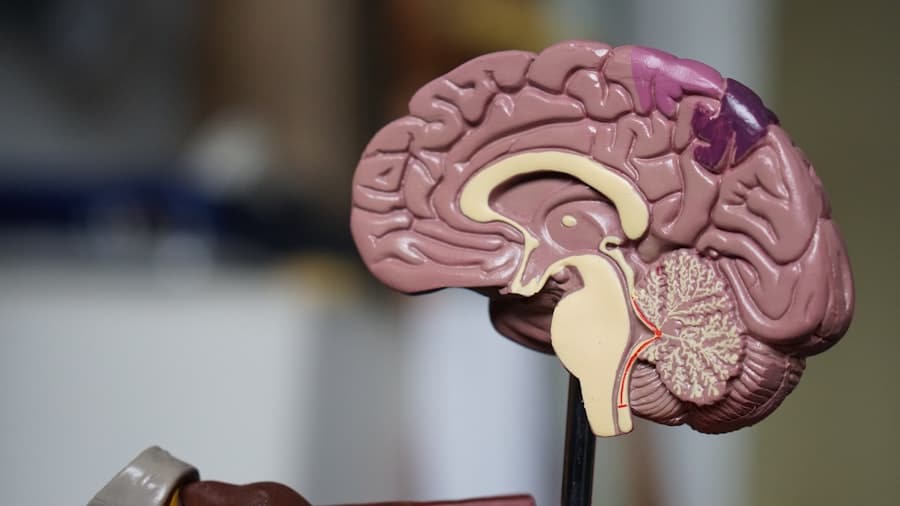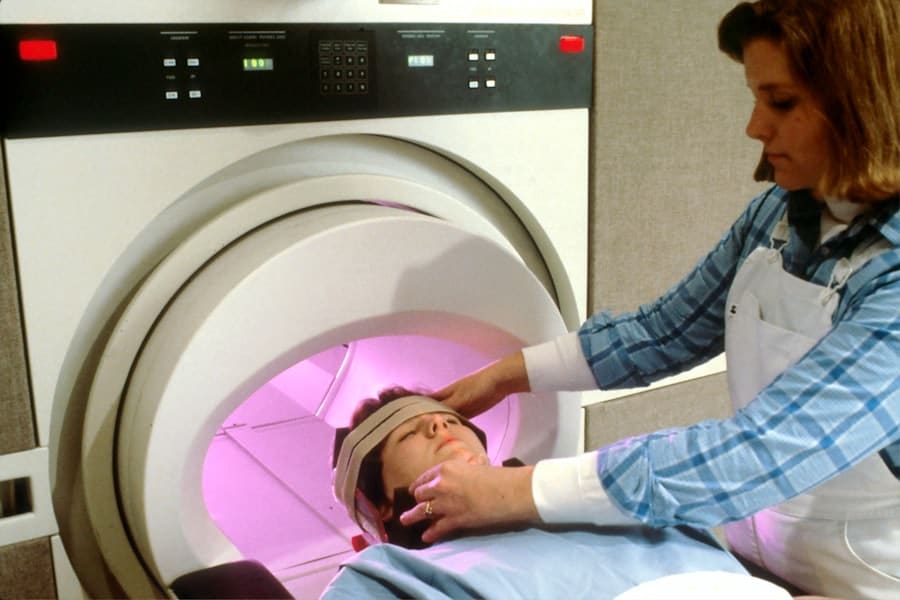Learning disabilities encompass a range of neurological conditions that affect the brain’s ability to receive, process, and respond to information. These disabilities can manifest in various ways, impacting skills such as reading, writing, mathematics, and even social interactions. The prevalence of learning disabilities is significant; according to the National Center for Learning Disabilities, approximately 1 in 5 children in the United States has a learning disability.
This statistic underscores the importance of understanding these conditions, as they can profoundly affect a child’s educational journey and overall self-esteem. The nature of learning disabilities is complex and multifaceted. They are not indicative of a person’s intelligence; rather, they represent a discrepancy between a person’s potential and actual performance.
For instance, a child with dyslexia may have average or above-average intelligence but struggle with reading fluency and comprehension. Similarly, children with dyscalculia may excel in verbal reasoning yet find mathematical concepts challenging. Recognizing these distinctions is crucial for educators, parents, and healthcare professionals to provide appropriate support and interventions tailored to each child’s unique needs.
Key Takeaways
- Learning disabilities can impact a person’s ability to process information and can affect their academic and social development.
- Early detection of learning disabilities is crucial for providing timely interventions and support to improve outcomes for individuals.
- Artificial intelligence (AI) refers to the simulation of human intelligence processes by machines, often used for tasks such as problem-solving and learning.
- AI tools can be used to detect learning disabilities through analyzing patterns in behavior, language, and cognitive abilities.
- Using AI for early detection of learning disabilities can lead to timely interventions, personalized support, and improved long-term outcomes for individuals.
The Importance of Early Detection
Early detection of learning disabilities is paramount for several reasons. First and foremost, identifying these challenges at a young age allows for timely intervention, which can significantly alter a child’s educational trajectory. Research indicates that children who receive early support are more likely to develop effective coping strategies and achieve academic success compared to those who are diagnosed later.
For example, a child with dyslexia who receives targeted reading interventions in kindergarten is more likely to become proficient in reading by the time they reach third grade than a child who does not receive such support until later. Moreover, early detection can help mitigate the emotional and psychological impacts associated with learning disabilities. Children who struggle without understanding the reasons for their difficulties may experience feelings of frustration, inadequacy, or low self-esteem.
By identifying learning disabilities early on, parents and educators can provide reassurance and foster a supportive environment that encourages resilience and self-advocacy.
Understanding Artificial Intelligence

Artificial Intelligence (AI) refers to the simulation of human intelligence processes by machines, particularly computer systems. These processes include learning (the acquisition of information and rules for using it), reasoning (using rules to reach approximate or definite conclusions), and self-correction. AI has evolved significantly over the past few decades, transitioning from simple algorithms to complex systems capable of analyzing vast amounts of data and making predictions based on patterns identified within that data.
In the context of education and healthcare, AI has the potential to revolutionize how we approach various challenges, including the detection of learning disabilities. By leveraging machine learning algorithms and natural language processing, AI systems can analyze behavioral patterns, academic performance data, and even neuropsychological assessments to identify signs of learning disabilities more accurately and efficiently than traditional methods. This capability opens up new avenues for understanding how learning disabilities manifest in different individuals and how best to support them.
AI Tools for Detecting Learning Disabilities
Several AI tools have emerged that specifically target the detection of learning disabilities. One notable example is the use of machine learning algorithms to analyze student performance data from standardized tests and classroom assessments. These algorithms can identify patterns that may indicate a learning disability, such as discrepancies between verbal and non-verbal skills or unexpected declines in academic performance over time.
By flagging these patterns early on, educators can initiate further assessments or interventions. Another innovative application of AI in this field is the development of adaptive learning platforms that personalize educational content based on individual student needs. These platforms utilize AI algorithms to assess a student’s strengths and weaknesses in real-time, adjusting the difficulty level of tasks accordingly.
For instance, if a student struggles with reading comprehension, the platform may provide additional resources or exercises tailored to improve that specific skill. This personalized approach not only aids in early detection but also fosters an engaging learning environment that accommodates diverse learning styles.
Benefits of Using AI for Early Detection
The integration of AI into the early detection of learning disabilities offers numerous benefits that can enhance educational outcomes for children. One significant advantage is the ability to process large volumes of data quickly and accurately. Traditional assessment methods often rely on subjective evaluations by educators or psychologists, which can be influenced by biases or inconsistencies.
In contrast, AI systems can analyze data objectively, providing a more reliable basis for identifying potential learning disabilities. Additionally, AI tools can facilitate continuous monitoring of student progress over time. By tracking changes in academic performance and behavioral patterns, these systems can detect emerging issues before they become more pronounced.
For example, if a student’s reading scores begin to decline despite previous improvements, an AI tool can alert educators to investigate further. This proactive approach allows for timely interventions that can prevent more significant challenges down the line.
Challenges and Limitations of AI in Detecting Learning Disabilities

Despite the promising potential of AI in detecting learning disabilities, several challenges and limitations must be addressed. One primary concern is the quality and representativeness of the data used to train AI algorithms. If the data is biased or lacks diversity, the resulting models may not accurately reflect the experiences of all students.
For instance, an AI system trained predominantly on data from one demographic group may fail to recognize learning disabilities in students from different backgrounds or with varying cultural contexts. Moreover, there is a risk that reliance on AI tools could lead to overdiagnosis or misdiagnosis of learning disabilities. While AI can identify patterns indicative of potential issues, it cannot replace the nuanced understanding that human professionals bring to the assessment process.
Therefore, it is essential to view AI as a complementary tool rather than a standalone solution in diagnosing learning disabilities.
Ethical Considerations in AI-Based Diagnosis
The use of AI in diagnosing learning disabilities raises several ethical considerations that warrant careful examination. One significant concern is privacy; the collection and analysis of sensitive student data must be conducted with strict adherence to privacy regulations and ethical standards. Parents and guardians should be informed about how their children’s data will be used and have the right to consent before any information is shared with AI systems.
Additionally, there is an ethical imperative to ensure that AI tools are accessible to all students, regardless of socioeconomic status or geographic location. If advanced AI diagnostic tools are only available in well-funded school districts or private institutions, disparities in access to early detection and intervention services may widen. It is crucial for policymakers and educators to advocate for equitable access to these technologies so that all children have the opportunity to benefit from early identification and support.
The Future of AI in Detecting Learning Disabilities
Looking ahead, the future of AI in detecting learning disabilities appears promising yet complex. As technology continues to advance, we can expect more sophisticated algorithms capable of analyzing diverse data sources, including neuroimaging studies and genetic information. Such developments could lead to earlier and more accurate diagnoses, allowing for tailored interventions that address individual needs more effectively.
Furthermore, ongoing research into the intersection of AI and education will likely yield innovative solutions that enhance teaching practices and support systems for students with learning disabilities. Collaborative efforts between technologists, educators, psychologists, and policymakers will be essential in shaping an inclusive future where AI serves as a powerful ally in identifying and supporting learners with diverse needs. In conclusion, while challenges remain in implementing AI for detecting learning disabilities effectively, its potential benefits are substantial.
By harnessing technology responsibly and ethically, we can create an educational landscape where every child has the opportunity to thrive academically and personally.
A related article discussing the impact of smartwatches on the workplace can be found at this link. The article explores how wearable technology, such as smartwatches, is changing the way employees work and interact with their environment. This advancement in technology could potentially be utilized in the early detection of learning disabilities, as discussed in the article on The Role of AI in Detecting Learning Disabilities at an Early Stage. By incorporating innovative technology like smartwatches into educational settings, educators and parents may have access to valuable data that can help identify learning challenges in children at an earlier stage.
FAQs
What is the role of AI in detecting learning disabilities at an early stage?
AI plays a crucial role in detecting learning disabilities at an early stage by analyzing large amounts of data to identify patterns and indicators of potential learning difficulties. This can help educators and parents intervene early and provide the necessary support for children with learning disabilities.
How does AI help in early detection of learning disabilities?
AI uses advanced algorithms to analyze various types of data, such as academic performance, behavior patterns, and cognitive assessments, to identify potential signs of learning disabilities. This can help in early intervention and personalized support for children with learning difficulties.
What are the benefits of using AI for early detection of learning disabilities?
Using AI for early detection of learning disabilities can lead to timely interventions, personalized support, and improved outcomes for children with learning difficulties. It can also help in reducing the stigma associated with learning disabilities and promoting inclusive education.
Are there any limitations to using AI for detecting learning disabilities at an early stage?
While AI can be a valuable tool for early detection of learning disabilities, it is important to consider the ethical implications, privacy concerns, and potential biases in the data and algorithms used. Additionally, AI should be used as a complement to, rather than a replacement for, human judgment and expertise in the assessment of learning disabilities.

